Login
Subscribeneuroscience
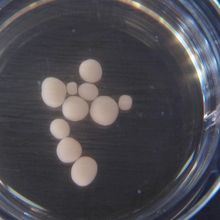
Time Traveling Mini-Brains on a Mission to Conquer Space
Iris Kulbatski, PhD | Jun 1, 2023 | 5 min read
Alysson Muotri launched brain organoids into outer space and found that microgravity enriches our understanding of brain development and disease.
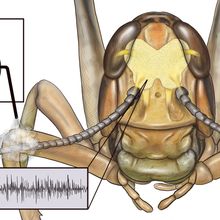
Infographic: Scents and Sense-Abilities
Iris Kulbatski, PhD | Jun 1, 2023 | 1 min read
Scientists hack the locust brain to identify the unique odor signatures of oral cancers.
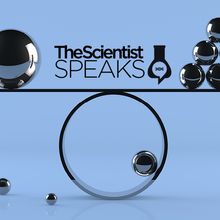
Immune Cells and ALS: A Balance Between Life and Death
The Scientist’s Creative Services Team | 1 min read
Understanding the role of immune cells in neurodegeneration may help scientists develop new diagnostic, prognostic, and treatment tools.
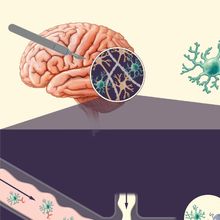
Infographic: Capturing a More Complete Picture of Expression
Deanna MacNeil, PhD | Jun 1, 2023 | 1 min read
CITE-seq draws upon the unbiased nature of single-cell RNA sequencing to gather new insights about protein and gene expression within the same cell.

Mouse Brain Cells Activate When They Witness a Fight
Mariella Bodemeier Loayza Careaga, PhD | Jun 1, 2023 | 2 min read
A subset of hypothalamic neurons mirrors aggression in mice, challenging previous views on the location and functional role of these cells.
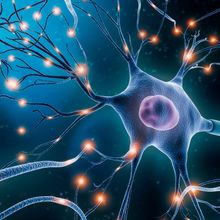
How Do Neurons Work?
Jennifer Zieba, PhD | 6 min read
Neurons transmit information through the body via chemical signals and electrical impulses.
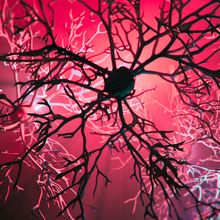
New Insight into Brain Inflammation Inspires New Hope for Epilepsy Treatment
Deanna MacNeil, PhD | Jun 1, 2023 | 2 min read
Clinicians and researchers teamed up to investigate how inappropriate proinflammatory mechanisms contribute to the pathogenesis of drug-refractory epilepsy.
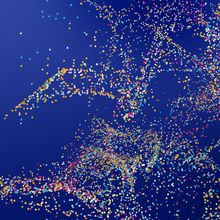
Nanoplastic Ingestion Causes Neurological Deficits
Shelby Bradford, PhD | May 31, 2023 | 3 min read
Small plastic particulates can induce inflammatory responses in the gut and brain, but removing them reverses this damage.
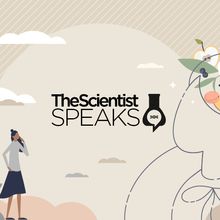
The Scientist Speaks - The Fight Against Time: Stem Cells and Healthy Aging
The Scientist’s Creative Services Team | 2 min read
Tricking the body into mimicking a fasting state may hold the key to fighting age-related cognitive decline.
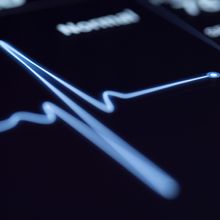
The Circadian Rhythm of the Heart Rate
Katherine Paulin, PhD | May 31, 2023 | 3 min read
The sympathetic nervous system influences gene expression in the heart to regulate the day-night cycle of resting heart rate.
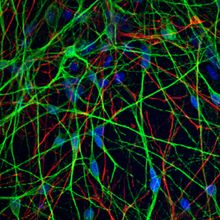
Astrocytes Fuel Erratic Firing in Fragile X Neurons
Lauren Schenkman, Spectrum | May 30, 2023 | 4 min read
This new understanding could one day lead to targeted treatments.
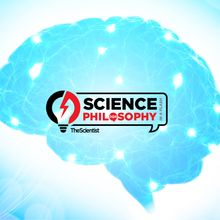
Science Philosophy in a Flash - Wired to Regenerate
Iris Kulbatski, PhD | 1 min read
Paul George shares how a dual career as a physician and scientist enriches his research.
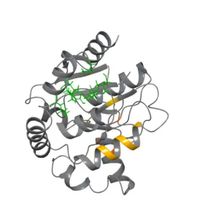
A Pioneer of The Multiplex Frontier
Rashmi Sivni | May 20, 2023 | 10 min read
George Church is at it again, this time using multiplex gene editing to create virus-proof cells, improve organ transplant success, and protect elephants.

A New Smartphone Application Improves Memory Recall in Older Adults
Mariella Bodemeier Loayza Careaga, PhD | May 8, 2023 | 3 min read
Neuroscientists developed and tested a promising mobile app that mitigates age-related memory decline.
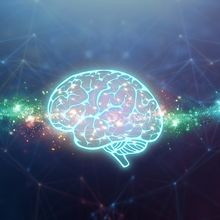
Next-Level Neuroscience
The Scientist’s Creative Services Team and MilliporeSigma | 1 min read
Researchers use Single Molecule Counting (SMC®) technology to probe brain biomarkers.
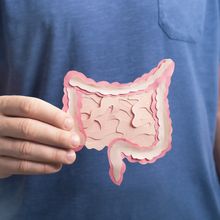
Gut Bacteria Contribute to Anorexia
Kamal Nahas, PhD | May 1, 2023 | 3 min read
Microbiomes transplanted from women with anorexia nervosa into mice enhanced symptoms of the eating disorder, such as rapid weight loss and reduced appetite.
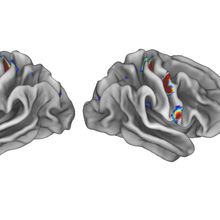
New Brain Network Connecting Mind and Body Discovered
Natalia Mesa, PhD | Apr 19, 2023 | 4 min read
A new brain network responsible for complex movements may upend what we know about neural maps in primary motor areas
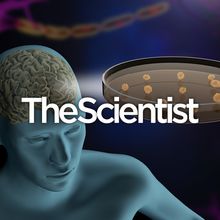
Capturing Brain Complexity in Assembloids
The Scientist’s Creative Services Team | 1 min read
In this webinar, Jimena Andersen and Jens Schwamborn will describe the next-generation brain organoids that combine multiple brain regions and cell types in 3D cultures.
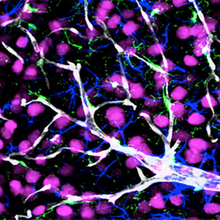
Rare Autism-Linked Mutation Starves Growing Neurons of Essential Nutrients
Lauren Schenkman, Spectrum | Apr 18, 2023 | 4 min read
The mutation prevents certain amino acids from entering neurons, causing the cells to die early in development.
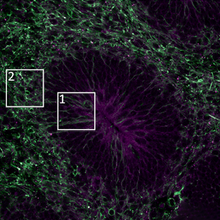
Immune Molecule Alters Cellular Makeup of Human Brain Organoids
Charles Q. Choi, Spectrum | Apr 17, 2023 | 4 min read
The changes may help explain the link between maternal infection and autism, though more research is needed.